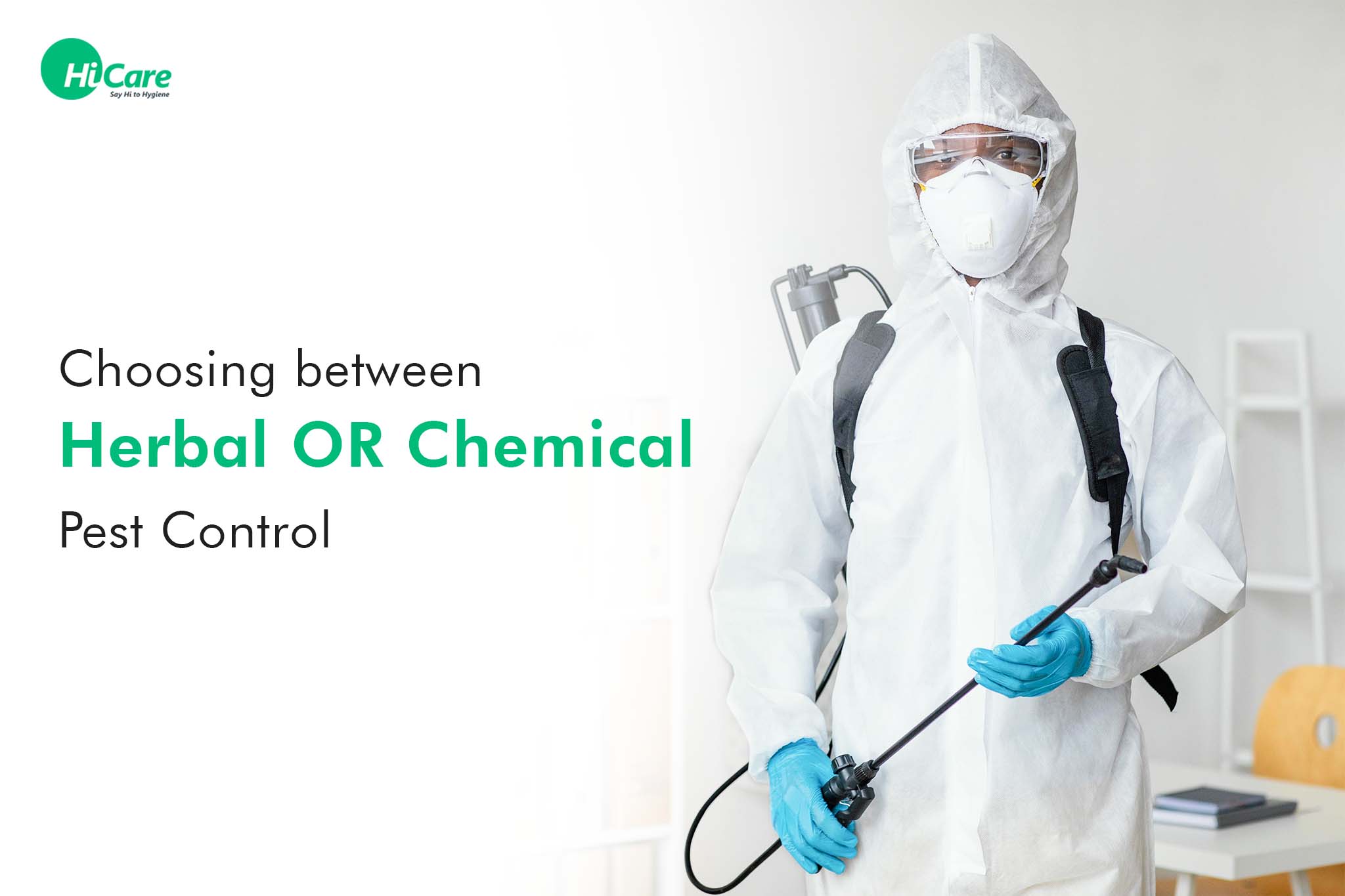Trusted A1 Exterminator Charlotte NC - Comprehensive Pest Solutions
Wiki Article
Bed Bug Treatment Break Down: Comparing Chemical Vs. Non-Chemical Solutions
In the realm of parasite control, specifically when handling the persistent concern of bed pests, the choice between chemical and non-chemical therapy remedies can be an essential one. Both methods provide distinct advantages and downsides, influencing aspects such as performance, safety and security factors to consider, and general price. By examining the nuanced details of each method, a more clear understanding of which course to pursue in dealing with a bed bug invasion can be attained.Effectiveness of Chemical Treatments
Chemical treatments for bed bug problems have been extensively identified for their powerful and rapid efficiency in eradicating these pests. When taking into consideration the efficiency of chemical treatments, it is crucial to understand that they can supply a quick and detailed solution to a bed insect trouble.Additionally, chemical therapies have the benefit of offering recurring effects, indicating that they can proceed to remove bed insects also after the initial application. This recurring action is specifically helpful in combating any possible re-infestations. In addition, the rapid activity of chemical therapies can bring alleviation to people facing serious bed pest infestations, allowing them to reclaim control of their space rapidly.
Safety Worries With Chemical Solutions
One vital facet that needs mindful consideration when utilizing chemical services for bed bug therapy is guaranteeing the safety and security of passengers and the environment. Direct exposure to specific chemicals made use of in bed insect therapies can lead to breathing concerns, skin inflammation, or various other adverse responses, particularly in people with pre-existing conditions or sensitivities.Furthermore, the environmental effect of chemical remedies is another considerable factor to consider. Some pesticides made use of in bed bug treatments might be damaging to useful pests, wildlife, and environments if they leach into the dirt or water supply. It is vital to make use of chemical therapies deliberately, complying with safety and security standards, and thinking about much less harmful options to minimize these threats and ensure the risk-free and reliable management of bed bug problems.
Benefits of Non-Chemical Techniques
Taking into consideration the possible safety problems and environmental impact associated with chemical solutions for bed pest treatment, discovering non-chemical techniques offers a promising choice with a number of distinct advantages. Non-chemical treatments are eco pleasant, as they do not add to air or water contamination, making them a sustainable selection for pest control.In addition, non-chemical services can be efficient in targeting bed pests, consisting of hard-to-reach locations where chemical therapies might not pass through - A1 exterminator charlotte nc. Approaches such as warm treatment, vacuuming, steam cleaning, and bed mattress encasements provide complete obliteration without the usage of unsafe chemicals.
Limitations of Non-Chemical Treatments

Additionally, non-chemical treatments commonly require numerous applications to attain successful removal. This can be taxing and might not always ensure full removal of all bed bugs and their eggs, particularly in hard-to-reach or surprise places.
Moreover, the success of non-chemical therapies greatly depends on proper implementation and thoroughness, which can be challenging for individuals without expert competence. Inadequate application of non-chemical methods may result in incomplete removal, leading to consistent invasions and the requirement for extra treatments.
As a result, while non-chemical home termite protection therapies have their benefits, it is essential to acknowledge these constraints and consider them when identifying one of the most effective approach for managing bed pest invasions.
Price Contrast: Chemical Vs. Non-Chemical Options
Provided the restrictions connected with non-chemical treatments, a necessary element to examine in the context of bed insect management is the cost Resources comparison between chemical and non-chemical alternatives. Chemical therapies generally involve the application of pesticides by specialists, which can range from $250 to $900 per space, relying on the severity of the infestation and the dimension of the location to be treated. On the other hand, non-chemical therapies like warmth treatment or vapor can be extra costly, with costs varying from $1,000 to $6,000 for a whole home. While the preliminary cost of chemical therapies may appear reduced, numerous treatments might be needed to fully eliminate the infestation, possibly enhancing the total price. On the other hand, non-chemical choices might offer a more environmentally friendly and lasting option, although they can be cost-prohibitive for some people. Eventually, when thinking about the expense of bed bug therapy options, it is vital to weigh the ahead of time costs against the performance and long-lasting sustainability of the picked method.Conclusion

Considering the prospective security issues and ecological impact connected with chemical solutions for bed pest treatment, discovering non-chemical techniques provides an encouraging choice with a number of distinctive benefits.Offered the restrictions linked with non-chemical therapies, an essential aspect to assess in the context of bed insect administration is the price comparison between chemical and non-chemical options. In contrast, non-chemical treatments like heat treatment or heavy steam can be much more pricey, with prices varying from $1,000 to $6,000 for a whole home. While the preliminary price of chemical therapies might seem lower, several treatments might be required to fully get rid of the invasion, potentially increasing the general cost.In verdict, when contrasting chemical and non-chemical bed bug treatment options, it is crucial to take into consideration performance, safety and security, advantages, limitations, and cost.
Report this wiki page